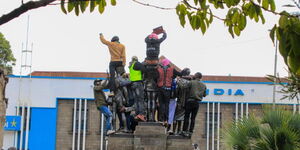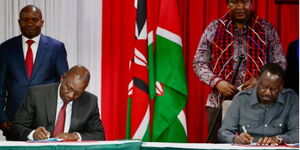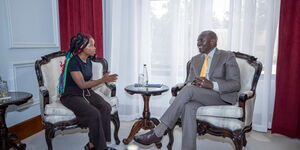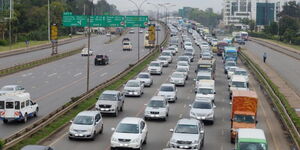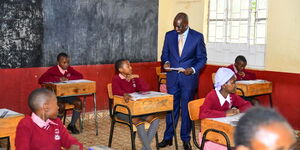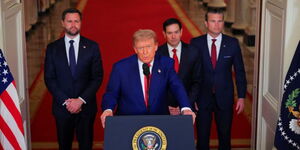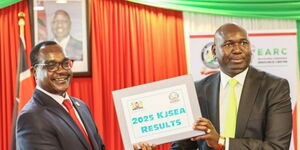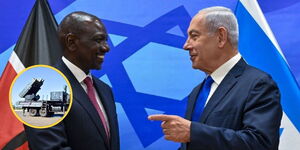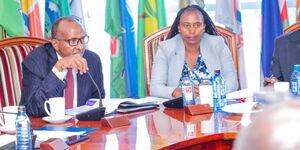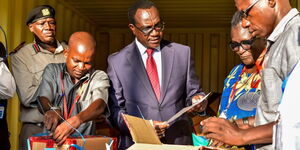Kenya is at the risk of missing out on its Vision 2030 goals owing to the current outstanding debt.
As detailed in the African Growth and Opportunity Act report by the Office of the United States Trade Representative, it was noted that Kenya's debt was undermining Kenya's expenditure on development.
The office led by Ambassador Katherine Tai noted that the debt burden was exacerbated by the shilling which was indicated to be weak.
"Kenya’s ability to adequately fund its social services and poverty reduction programs is increasingly constrained by the cost of servicing its debt, partly due to the continued weakening of the local currency.
"As a result, Kenya continues to allocate more money for debt repayment than it does for development expenditures," read the statement in part.
As of March 31, Kenya's outstanding debt stood at Ksh10.4 trillion for domestic and foreign debt.
Notably, the debt is almost shared equally for foreign and domestic lenders at Ksh5.16 trillion and Ksh5.26 trillion respectively.
The majority of the debt is owed to commercial banks, foreign countries such as China and multilateral institutions such as the World Bank and the International Monetary Fund (IMF).
According to the Vision 2030 plan, Kenya should be a middle-income country that is industrialised. Kenyans should also enjoy a high quality of living standards by then.
Meanwhile, the report also highlighted other challenges facing Kenya which include corruption.
Notably, corruption was highlighted as a big obstacle for investors seeking to set up shop in the country.
"The GOK continues its public campaign to combat corruption and its anticorruption agencies appear to be coordinating more effectively, including bringing cases against government officials.
"Despite progress, corruption remains one of the most significant barriers to doing business in Kenya, with U.S. firms reporting that they find it difficult to compete with companies willing to ignore legal standards or engage in bribery and other forms of corruption," read the report in part.
Restrictions for freedom of expression, peaceful assembly and free media were also highlighted as obstacles.

